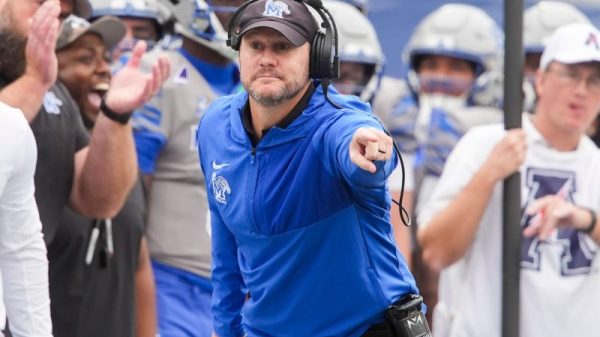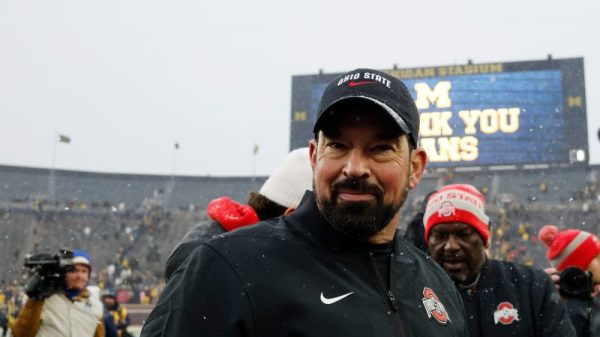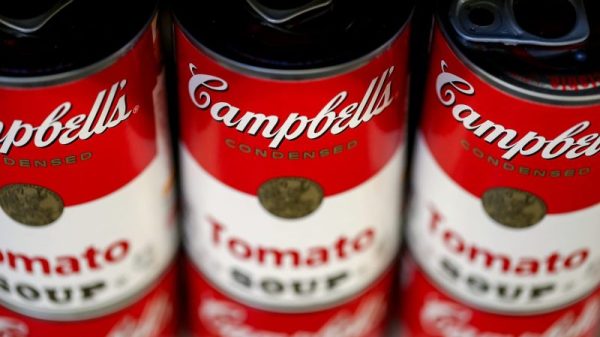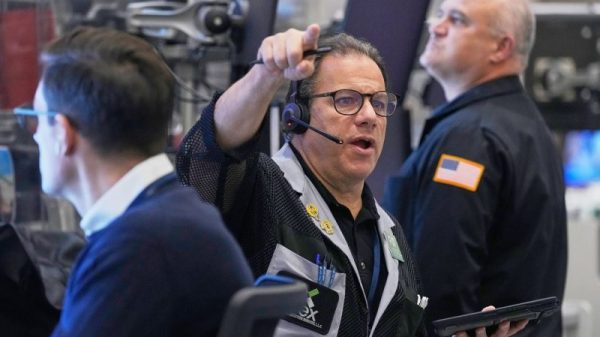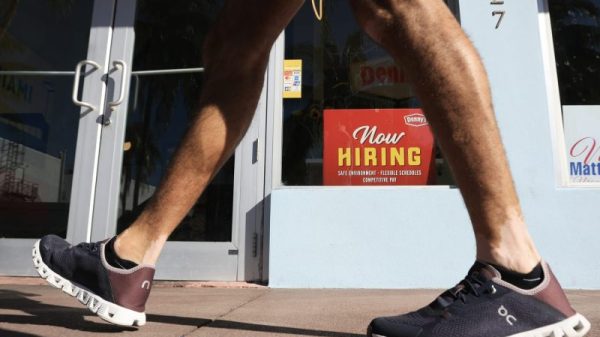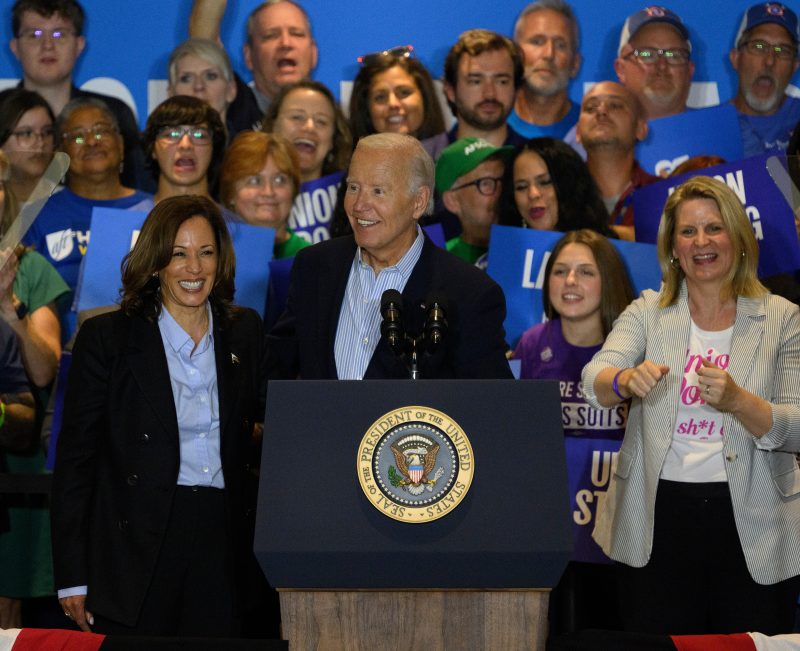President Joe Biden’s decision to end his 2024 campaign could wind up being one of the best things he ever did for the Democratic Party, if Vice President Kamala Harris can win the presidency.
It might also have been one of the best things he’s done in a long time for views of Joe Biden.
A new USA Today/Suffolk University poll released Tuesday shows Biden’s approval rating rising from 41 percent in late June, shortly before his fateful June 27 debate with Donald Trump, to 48 percent today. While Biden was more than 15 points underwater in his approval back then, his approval rating is now nearly even with his disapproval rating (49 percent).
Those are Biden’s best numbers in Suffolk polling since he was inaugurated in January 2021.
It is but one poll, and the evidence of an image bump for Biden is mixed so far, with some pollsters (Reuters/Ipsos, YouGov and Fox News) showing his image relatively static in their most recent surveys.
But it’s not the first poll to suggest he’s rising and seeing some of his best numbers in years:
A Quinnipiac University poll last week featured Biden’s best numbers since the summer of 2021. He went from nearly 20 points underwater in June and July of this year to just seven points underwater (45 percent approval vs. 52 percent disapproval).
Gallup showed his best numbers since August 2022. He went from 36 percent approval shortly before he dropped out in late July to 43 percent in a poll conducted through Aug. 20.
An NPR/PBS/Marist College poll in early August showed Biden’s best numbers since March 2022: 47 percent approval to 51 percent disapproval.
A Wall Street Journal poll last week also showed his numbers improving since dropping out.
Biden hadn’t been less than nine points underwater in a single high-quality poll since early 2023, per FiveThirtyEight’s compilation of polls. He has now been better than that mark in four polls over the past month (Suffolk, Quinnipiac, Gallup and Marist).
That suggests he has gained at least some ground, even as the Suffolk poll looks better for him than the others.
As for why that is?
There’s certainly something to be said for absence making the heart grow fonder. Former presidents often become more popular upon leaving office. (A case in point: George W. Bush’s numbers rebounded substantially shortly after his presidency.) Perhaps Biden has sped up that process somewhat by bowing out early politically and being less visible in recent weeks without a campaign to run.
You could perhaps chalk up some of it to a “convention bounce” from the Democratic National Convention in Chicago two weeks ago (where Biden spoke and speakers reflected fondly on his presidency). That might suggest a more temporary effect. But the Marist and Gallup polls, notably, predated the convention.
Harris’s rise — her image ratings have steadily improved since she replaced Biden on the ticket in late July — could also help, in that the administration has a more effective, sympathetic and consistent messenger playing up its attributes.
Another plausible reason is that Biden’s biggest issue liabilities (immigration and the economy) have waned somewhat, as illegal border crossings have dropped, inflation has eased and the gross domestic product looks strong.
It could also partially be something I spotlighted last month: the possibility that dim views of Biden had plenty to do with concerns about his age, rather than just concerns about his policies and record. Almost instantly, after all, Harris did better than Biden across an array of very specific issues.
Any or all of these factors could play a role, and we’ll await more data to see if his image bump holds up.
But as Trump’s campaign makes clear that one of their top strategies is to tie Harris tighter to Biden, it’s looking like less of a potent strategy. After all, if Biden’s approval rating is in the mid-40s, he’s about where your average politician tends to be these days.






